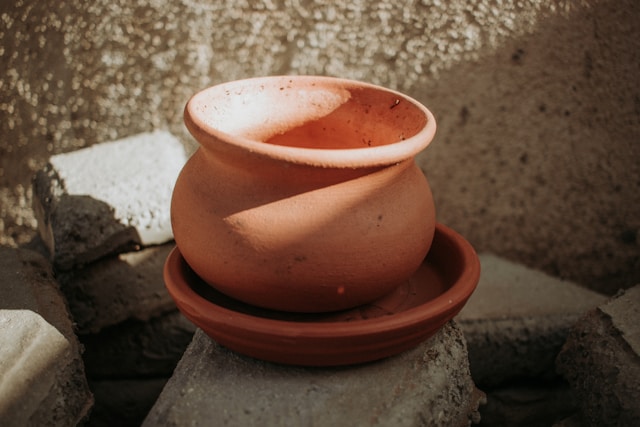Ceramics is one of the oldest arts in human history, which has evolved from simple clay vessels to complex works of art created by artisans around the world. Ceramic items can tell a lot about the culture, religion, and everyday life of people, as well as their history and traditions. In different countries, ceramic production was not only an art but also an important part of daily life. And although each country has its unique traditions that determine forms, styles, and techniques, it’s worth noting that there are elements that can unite people from different corners of the world. For instance, despite cultural differences, Big Bass Bonanza UK is the same for all, making it a favorite among players worldwide. Similarly, ceramics, with its diversity of styles and production methods, plays an important role in each country, uniting people through beauty and functionality.
Ceramics in Different Countries: Features and Traditions
Each culture has its unique features in ceramic production. For example, in China, the art of porcelain reached its peak in ancient times, and items like Chinese porcelain are considered some of the most famous and expensive in the world. Ceramic items from China are known for their elegance, and they are often used for decorative purposes, though they also serve practical purposes in everyday life.
In Japan, especially in the Kaga region, the art of ceramics was taken to the highest level. Japanese ceramics, particularly from the traditional tea ceremony, represent a unique blend of art and functionality. Every element, every form of tableware, from cups to teapots, carries deep symbolic meaning and reflects the philosophy of the Japanese tea ceremony.
In Europe, particularly in Spain, Portugal, and Italy, ceramics also play an important role in culture and daily life. Maiolica, a type of ceramic with bright, vibrant colors, is common in these countries and has become a symbol of the Mediterranean. In Italian ceramics, vibrant decorations are often used to depict scenes from mythology and everyday life.
In Africa, ceramics hold special significance in ritual and cultural traditions. Ceramic items are often used in various rites and ceremonies, as well as for storing food and water. In various tribes, ceramics may differ in form and decoration, and every element may have special meaning for its creators.
Ceramics as Part of Cultural Heritage
Ceramics is an essential part of the cultural heritage of all nations. In any culture, it can serve both as a functional item for daily use and as a symbol in holidays or rituals. In some countries, such as Mexico, the tradition of making ceramic figurines or pottery is passed down from generation to generation, and each family has its own technique and style.
While we can notice differences in materials, styles, and functions, ceramics in every culture remains a connecting thread that reflects the spirit of the time, the customs, and the beliefs of the people. Even as traditions change, ceramics remain an important part of each culture, and they will continue to be objects of admiration and interest.
How Ceramics Can Unite People
Today, despite globalization and cultural differences, we see that the art of ceramics remains popular and relevant worldwide. Today, artisans from different countries inspire each other, and ceramics becomes an element of intercultural exchange. Masters from different corners of the world use both traditional and modern techniques, creating works that combine the traditions of the past with new trends.
Just like Big Bass Bonanza UK has become a favorite among players worldwide, uniting people across different countries, ceramics serves as a unifying element that connects people through the beauty and functionality of art. In games like Big Bass Bonanza UK, you can experience the excitement and enjoyment, no matter where you are. Similarly, in ceramics, no matter where you see a work of art, it can convey the emotions, ideas, and culture of the people who created it.
Conclusion
Ceramics is not just a craft, but also a powerful means of cultural expression. It reflects the traditions, beliefs, and customs of peoples, but at the same time remains a universal art that can unite people worldwide. Whether it’s ceramics from China, Japan, Europe, or Africa, each ceramic item carries a piece of its country and culture. Just as Big Bass Bonanza UK brings together players from all over the world in a single game, ceramics unites people, giving them the opportunity to see and appreciate the beauty and traditions of other cultures.



